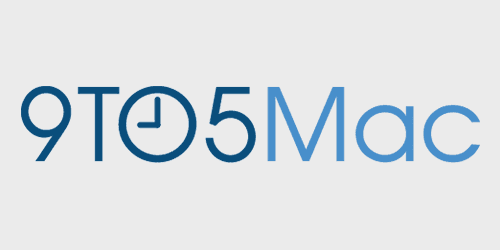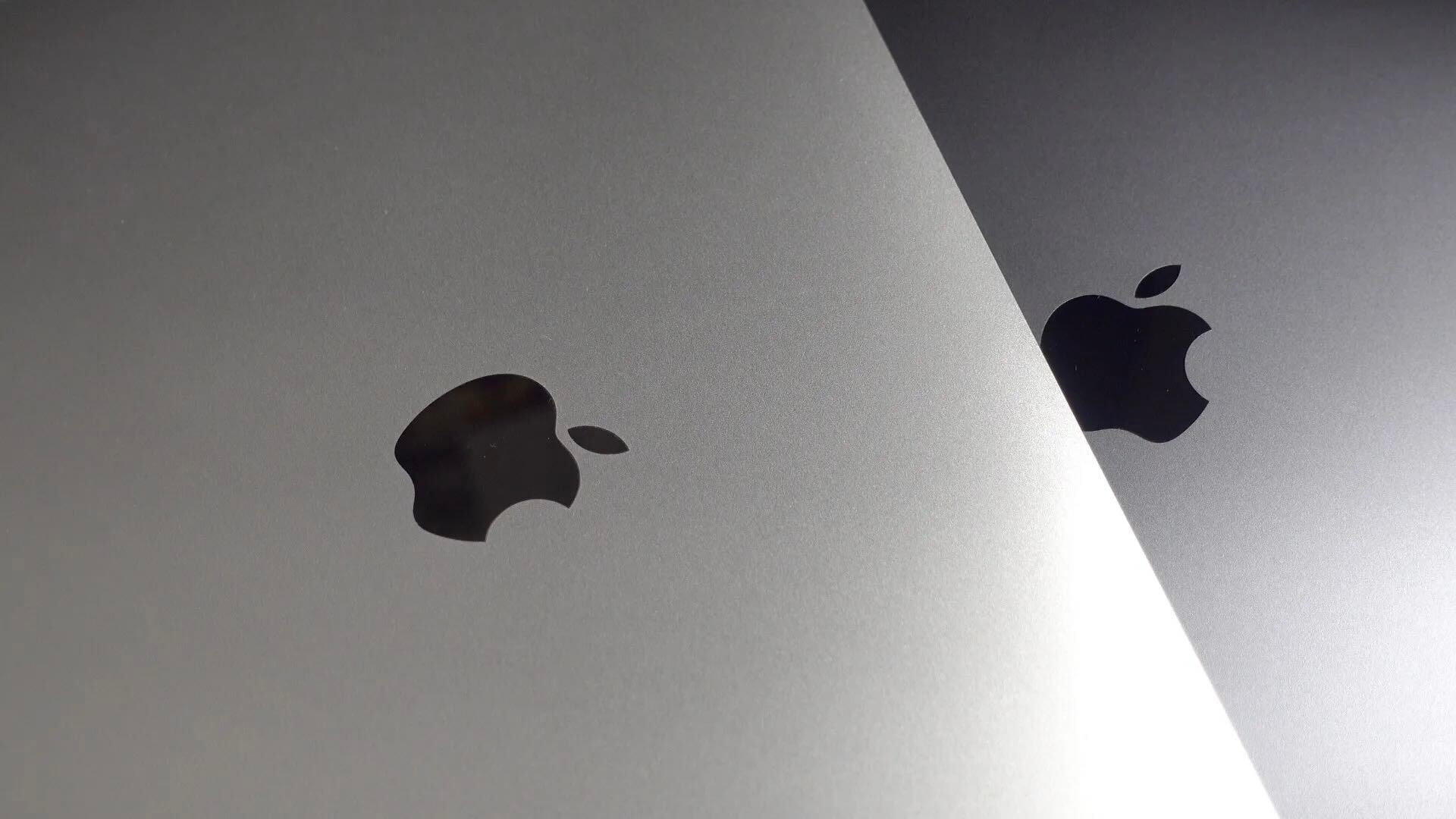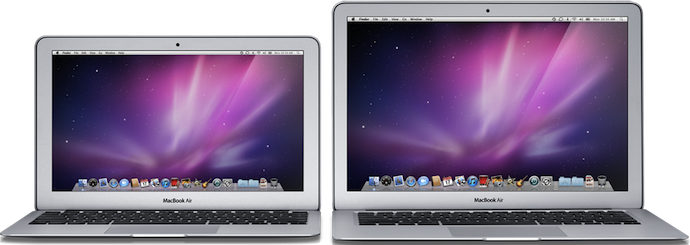Intel: Existing Thunderbolt Macs will support optical cables


Pictured above: Apple’s $49 Thunderbolt cable (copper).
A representative for Intel, Dave Salvator, told Macworld that the current range of Macs with Thunderbolt I/O will support fiber optic cables which are due next year. This will ensure backwards compatibility of optical cables with existing Thunderbolt ports which work with copper cables.
Circuitry will ensure compatibility of optical cables with existing Thunderbolt ports, Salvator said. Copper cables provide adequate data transfer for use over short distances of up to six meters (about 20 feet), but optical cables will be good for data transfers over longer distances of tens of meters, Salvator said.
Salvator wouldn’t divulge any pricing and availability information, yet to be determined. This confirmation is in line with the promise on the official Thunderbolt web site that all Thunderbolt-branded products are to interoperate across all vendors. This bit is also interesting:
Intel is already thinking ahead, and researchers at the company are developing technology based on silicon photonics that will be able to move data up to five times faster than current Thunderbolt implementations. The technology is slated to hit the market by 2015.
Among the PC vendors, Asustek and Acer will bring Thunderbolt-equipped notebooks to market in the first half of next year. More vendors will follow suit once Intel releases its Ivy Bridge chipsets. Of course, we’re expecting Ivy Bridge MacBooks as well. The Ivy Bridge chipset is said to enable interesting goodies such as OpenCL computing, a 60 percent speed gain over the current Sandy Bridge silicon and display resolutions up to 4096-by-4096 pixels. It will also include built-in support for USB 3.0, but not Thunderbolt.


